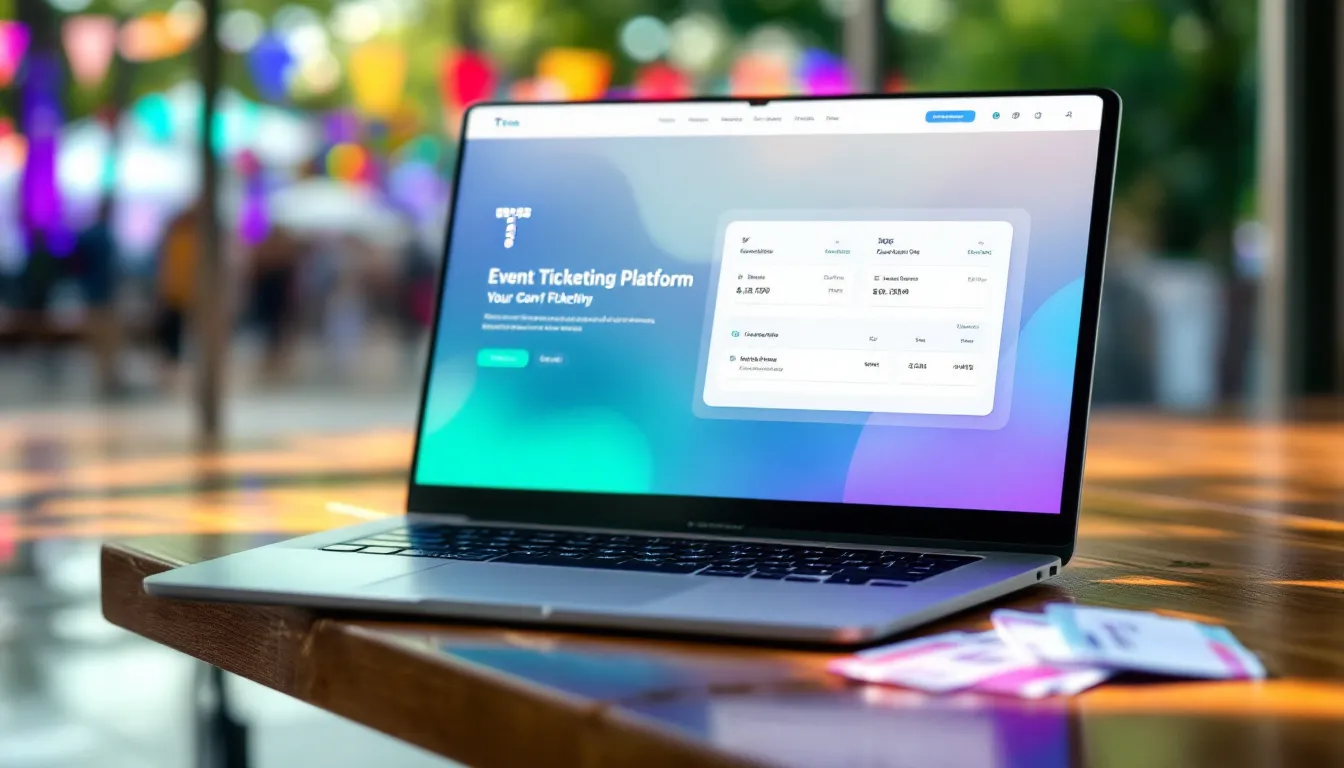Looking for the best network bandwidth tools? Here's what you need to know upfront:
Top 5 Tools at a Glance:
- SolarWinds Network Optimizer - Best for large enterprises
- Riverbed SteelHead - Perfect for multi-site networks
- PRTG Network Monitor - Ideal for small/medium networks ($2,149 start)
- ManageEngine OpManager - Best value with free version
- Datadog Network Performance - Top pick for cloud-based businesses
| Tool | Best For | Key Feature | Starting Price |
|---|---|---|---|
| SolarWinds | Large networks | Deep network insights | Custom quote |
| Riverbed | Multi-site setups | Quick problem analysis | Contact sales |
| PRTG | Small-medium business | 500+ sensors | $2,149 |
| ManageEngine | All-around use | Free tier available | $95 |
| Datadog | Cloud operations | Real-time monitoring | Contact sales |
Why You Need These Tools:
- Online business now makes up 30% of all commerce
- Remote work demands better network performance
- Poor bandwidth = lost productivity + unhappy customers
- Good tools cut costs and boost security
What These Tools Do:
- Monitor network traffic in real-time
- Find and fix slowdowns fast
- Keep your data flowing smoothly
- Protect against security threats
Pick your tool based on:
- Network size
- Budget
- Must-have features
- Growth plans
Most tools offer free trials - test before you buy.
Related video from YouTube
Basics of Bandwidth Optimization
Key Terms
Let's break down some important bandwidth terms:
- Bandwidth: The max data your network can handle at once. Think of it as a highway - more lanes mean more traffic flow.
- Latency: Data travel time from A to B. Lower is better. Aim for under 50ms for smooth video calls and gaming.
- Throughput: Actual data flowing through your network. Often less than bandwidth due to various factors.
- Quality of Service (QoS): Prioritizes certain network traffic. It's like a fast lane for important data.
Common Bandwidth Issues
Businesses often face these problems:
1. Slow Internet
Causes:
- Old network gear
- Too many users
- Large file downloads
2. Weak WiFi
Causes:
- Poor router placement
- Device interference
- Outdated WiFi tech
3. Network Congestion
Happens when:
- Too many bandwidth-heavy apps run at once
- Network can't handle peak times
4. Security Issues
Malware can:
- Send spam
- Download unwanted files
- Use your network for attacks
Here's how these issues impact businesses:
| Problem | Business Impact |
|---|---|
| Slow Internet | Less productivity, unhappy employees |
| Weak WiFi | Dropped calls, limited work areas |
| Network Congestion | Slow file transfers, laggy apps |
| Security Issues | Data breaches, unexpected bandwidth use |
To fix these problems:
- Update network gear regularly
- Use network monitoring tools
- Set up QoS for important traffic
- Teach employees bandwidth-saving habits
How to Pick the Right Tools
Choosing bandwidth optimization tools can be tough. Here's how to find the right fit:
Speed and Function Check
Look for:
- Real-time monitoring
- Automated setup
- Network mapping
Auvik, for example, offers automated network mapping and monitoring. It's great for multi-site businesses.
Works With Your Systems
The tool should:
- Fit your current setup
- Scale with your network
- Support common protocols (WMI, NetFlow, SNMP)
PRTG Network Monitor is known for its wide range of sensors, making it versatile for various setups.
Price vs Features
| Price Range | What You Get |
|---|---|
| Free - $1,000 | Basic monitoring, limited features |
| $1,000 - $5,000 | More advanced tools, good for small to medium businesses |
| $5,000+ | Enterprise-level solutions with comprehensive features |
SolarWinds Network Performance Monitor (starting at $2,995) offers advanced features for larger networks.
When comparing:
- Look for free trials
- Focus on must-have features
- Check if pricing fits your budget
Don't just go for the cheapest option. Find the tool that gives you the most bang for your buck.
"We tested three tools before settling on ManageEngine OpManager. Its real-time monitoring saved us hours of troubleshooting each week." - Network admin at a mid-sized tech company
10 Best Bandwidth Tools for 2024
Let's dive into five top bandwidth optimization tools for 2024:
SolarWinds Network Optimizer
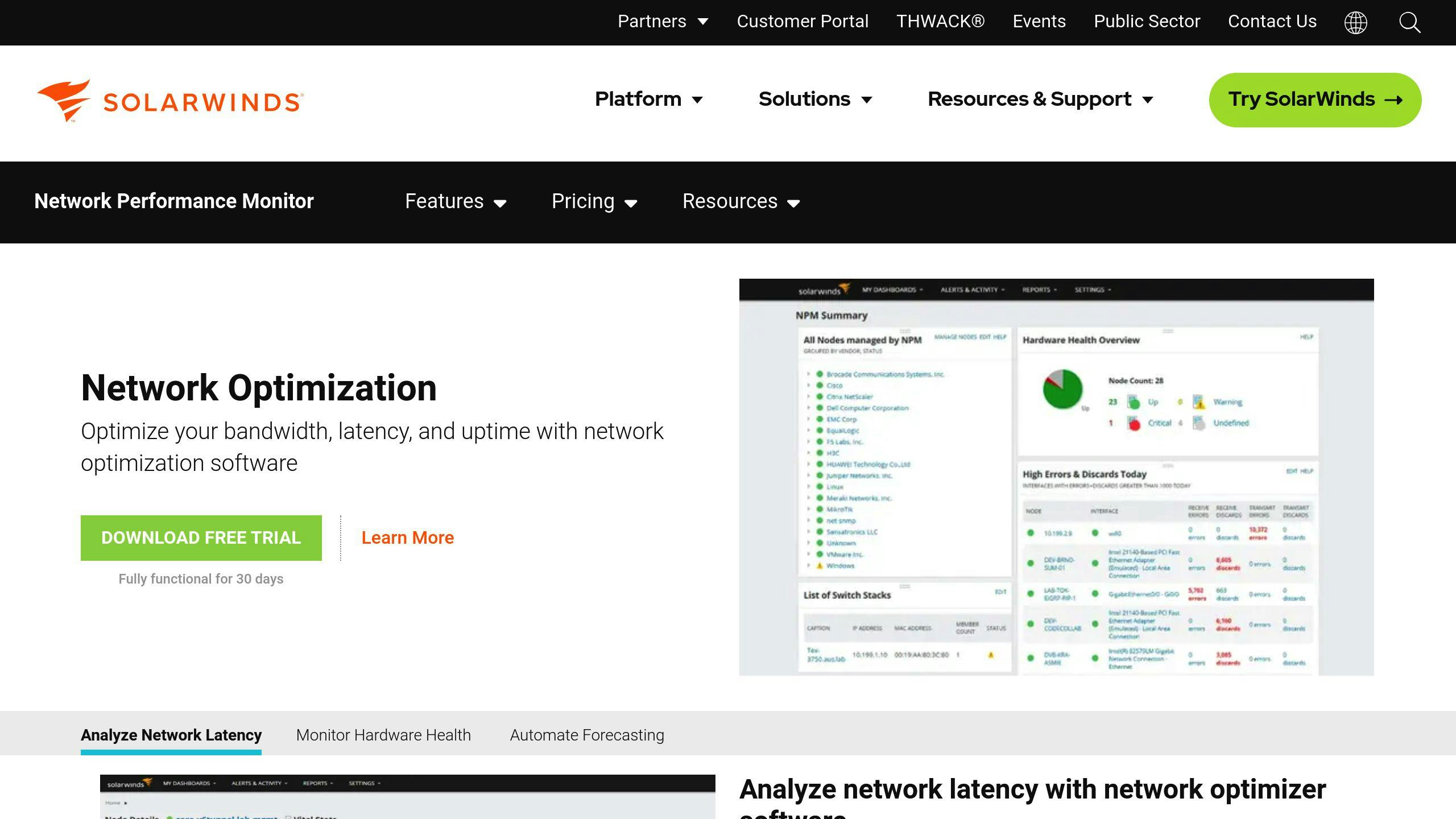
SolarWinds offers:
- Network device discovery and mapping
- Bandwidth usage analysis
- Traffic shaping capabilities
It's Windows Server-based with a 30-day free trial. Big enterprises needing deep network insights? This is your go-to.
Riverbed SteelHead
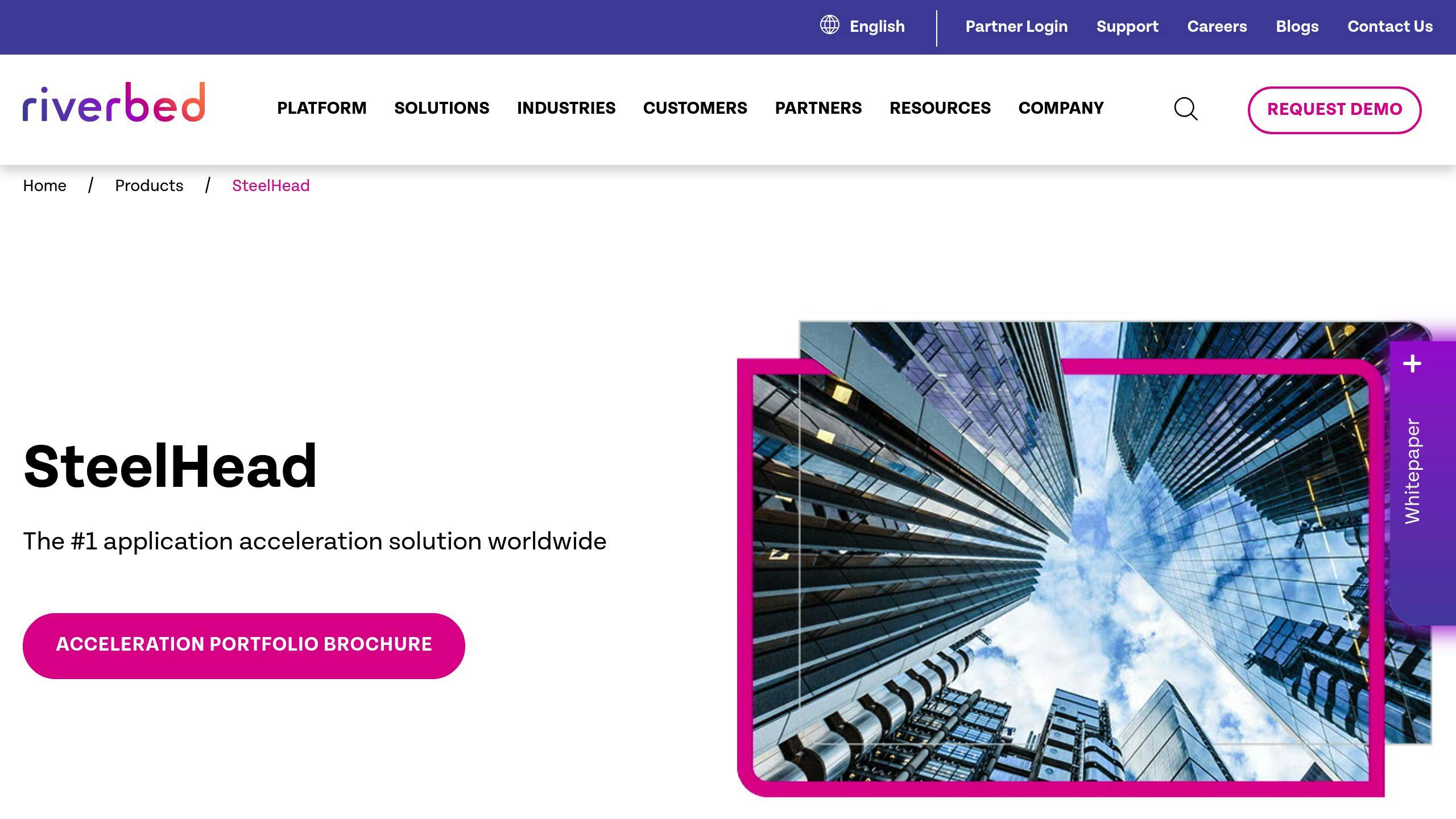
Riverbed SteelHead shines with:
- Quick problem analysis
- Agent-free monitoring
- Global equipment view
Got a complex, multi-site network? Riverbed's got you covered.
PRTG Network Monitor
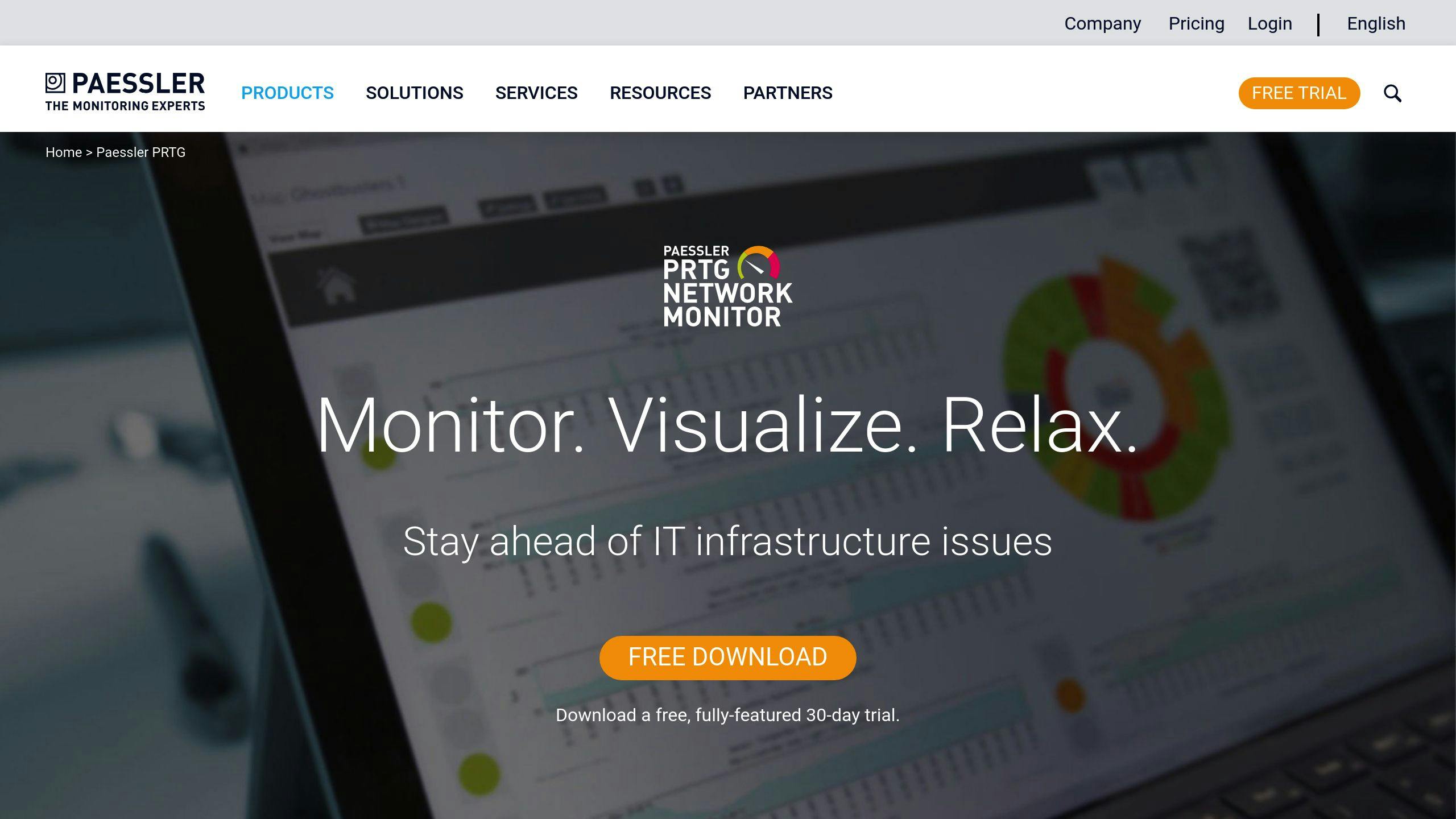
PRTG brings to the table:
- Diverse monitoring (SNMP, WMI, packet sniffing)
- Real-time updates
- Detailed activity reports
Starting at $2,149 for 500 sensors, it's perfect for small to medium networks.
ManageEngine OpManager

ManageEngine offers:
- Network and server monitoring
- Autodiscovery and mapping
- Device performance tracking
Available on Windows, Linux, and AWS. Free version? Check. Paid version with a 30-day trial? You bet.
Datadog Network Performance
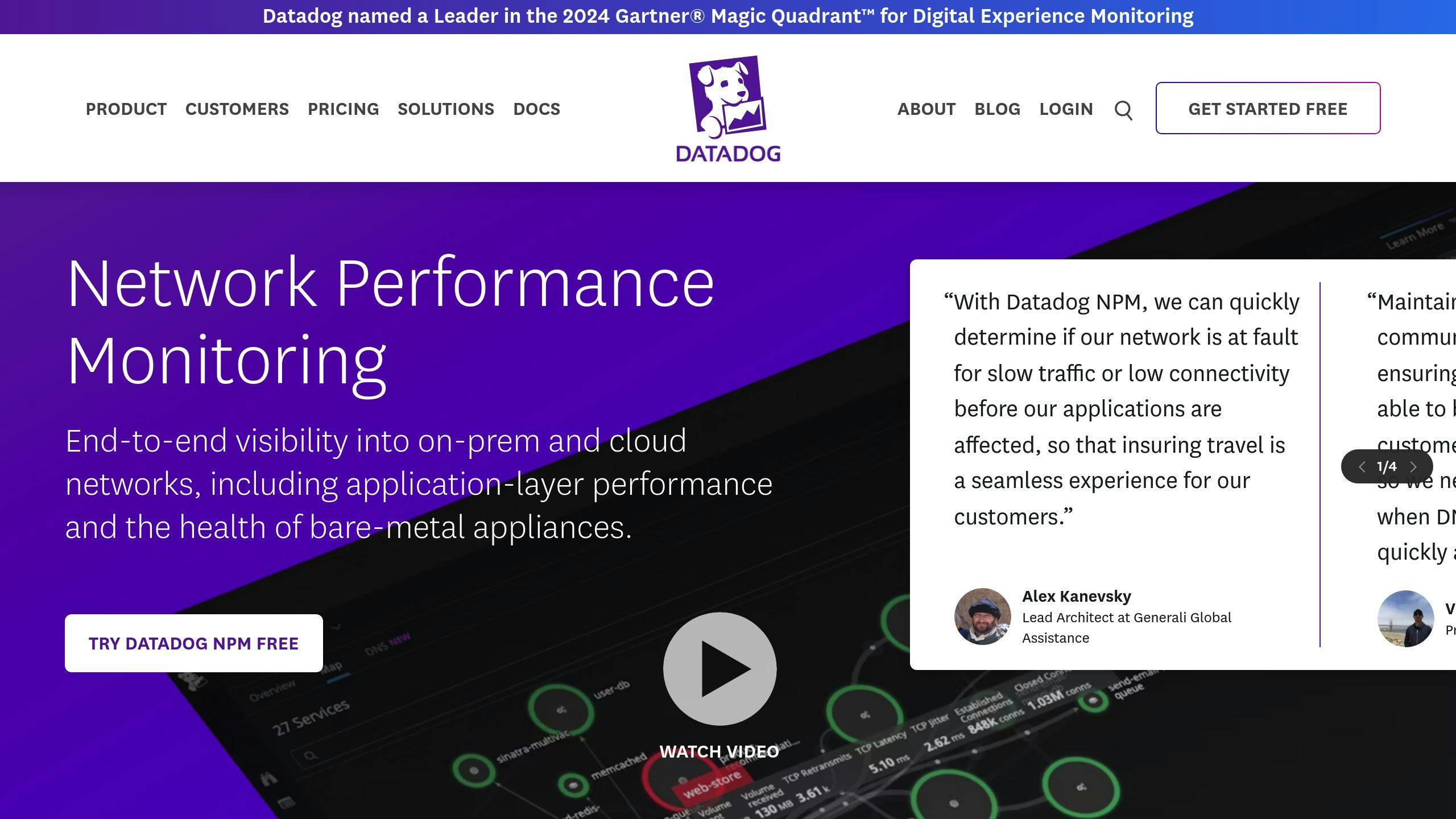
Datadog is known for:
- Cloud-based monitoring
- Real-time performance data
- Tons of cloud service integrations
If you're all about that cloud life, Datadog's your friend.
| Tool | Best For | Starting Price |
|---|---|---|
| SolarWinds | Large enterprises | Custom quote |
| Riverbed SteelHead | Multi-site networks | Not specified |
| PRTG | Small to medium networks | $2,149 (500 sensors) |
| ManageEngine OpManager | Versatile use cases | Free version available |
| Datadog | Cloud-focused businesses | Not specified |
Picking a tool? Think about your network size, budget, and what you need to monitor. Most offer free trials, so take 'em for a spin before you commit.
sbb-itb-645e3f7
Tool Comparison Charts
Let's compare the top network bandwidth optimization tools for 2024.
Features Side by Side
| Tool | Key Features | Best For |
|---|---|---|
| SolarWinds Network Optimizer | Network device discovery, bandwidth analysis, traffic shaping | Large enterprises |
| Riverbed SteelHead | Quick problem analysis, agent-free monitoring, global equipment view | Multi-site networks |
| PRTG Network Monitor | Diverse monitoring (SNMP, WMI, packet sniffing), real-time updates | Small to medium networks |
| ManageEngine OpManager | Network and server monitoring, autodiscovery, device performance tracking | Versatile use cases |
| Datadog Network Performance | Cloud-based monitoring, real-time data, cloud service integrations | Cloud-focused businesses |
Price Comparison
| Tool | Starting Price | Pricing Model |
|---|---|---|
| SolarWinds Network Optimizer | Custom quote | Contact for pricing |
| Riverbed SteelHead | Not specified | Contact for pricing |
| PRTG Network Monitor | $2,149 | 500 sensors |
| ManageEngine OpManager | $95 | One-time fee for basic version |
| Datadog Network Performance | Not specified | Contact for pricing |
Choosing the right tool? Consider your network size and budget. Most offer free trials, so give them a test run.
PRTG Network Monitor? It's a Windows-based tool that collects stats from your chosen machines, software, and devices. Plus, it's got a web interface for easy setup and data sharing.
Riverbed NPM+? It's a SaaS service using Riverbed Unified Agent to grab decrypted packet data from endpoints. Great for Zero Trust, remote work, and cloud setups.
Got a large IT setup? PRTG Enterprise Monitor might be your go-to. It gives you a service-oriented view of multiple PRTG servers.
Pricing can be tricky. Some charge per device per month (45 cents to $20), others per user per month (about $60 on average). And don't forget one-time license fees ($115 to $5,800).
Bottom line? Pick a tool that fits your needs AND your wallet. And watch out for those sneaky extra costs for setup or add-ons.
How to Use These Tools
Setting up network bandwidth optimization tools isn't as hard as it sounds. Here's how to do it:
Setup Steps
- Pick Your Tool: Choose based on your network size and budget. PRTG Network Monitor works well for smaller setups, while SolarWinds Network Optimizer suits larger networks.
- Install It: Download and follow the installation guide. For cloud tools like Datadog Network Performance, you'll just create an account.
- Set It Up: Add your devices, set alerts, and create dashboards.
- Choose What to Track: Focus on key metrics:
| Metric | Why It Matters |
|---|---|
| Bandwidth usage | Spots high-traffic times |
| Latency | Shows network speed |
| Packet loss | Indicates connection quality |
| Error rates | Flags potential problems |
- Test It Out: Run a trial to make sure everything works. Try creating some issues to test your alerts.
Keeping It Running Smoothly
Once you're set up:
- Watch Your KPIs: Keep an eye on your metrics. Look for anything unusual.
- Tweak Your Alerts: Adjust them based on what's normal for your network.
- Look at Past Data: Use reports to spot long-term trends. It helps with planning.
- Keep It Updated: Stay on top of updates and adjust your setup as your network changes.
- Use What You Learn: Make changes based on your data. If you see high usage at certain times, you might need to upgrade or adjust your policies.
Wrap-Up
Picking Your Tool
Here's how to choose the right bandwidth optimization tool:
- Know Your Network: Small business? Try PRTG Network Monitor. Big network? SolarWinds Network Optimizer might be better.
- Match Features to Needs:
| Feature | Why It Matters |
|---|---|
| Real-time alerts | Catch issues fast |
| Traffic pattern analysis | Plan for peak times |
| Device-specific monitoring | Find bandwidth hogs |
- Check Compatibility: Using cloud services? Consider Datadog Network Performance.
-
Consider Cost vs. Value: Don't just go cheap. Ask:
- Does it save time?
- Will it prevent costly downtime?
- Can it grow with your business?
Use free trials to test before buying.
What's Next for Bandwidth Tools
- Fiber Expansion: FTTH subscriptions will hit 1.8 billion by 2025 - a 44% jump from 2023. Tools must handle higher speeds and more data.
-
AI-Powered Optimization: Tools will:
- Predict network issues
- Auto-adjust bandwidth
- Provide deeper insights
-
Integration with Other Services: Tools will improve:
- Cloud gaming
- Remote healthcare
- Video conferencing
- Focus on Security: Expect combined bandwidth optimization and security features.
-
Skill Gap Solutions: Tools will become more user-friendly with:
- Built-in training
- Simpler interfaces
- Automated troubleshooting
Keep these trends in mind as you choose and use bandwidth tools. They'll shape network management in the coming years.
FAQs
What is bandwidth management tool?
A bandwidth management tool controls network data flow. It makes sure important apps and devices get the bandwidth they need. Here's what it does:
- Gives more bandwidth to critical stuff
- Cuts down on network delays
- Enforces rules for good service quality
- Limits data that's not essential
For example, some tools split network traffic into groups. This way, the most important apps get treated better.
What is the software for monitoring bandwidth usage?
Bandwidth monitoring software watches and breaks down network traffic data as it happens. These tools offer:
| Feature | What it does |
|---|---|
| Data metrics | Shows how much data moves and how fast |
| Usage patterns | Spots busy times and bandwidth hogs |
| Alerts | Warns when devices are maxing out |
| Reports | Keeps tabs on how well the network runs |
Take SolarWinds NetFlow Traffic Analyzer. It turns complex data into easy-to-read charts and tables. You can see bandwidth use and traffic patterns for each part of your network, all in one place.
Pro tip: Keep an eye on your router's bandwidth use to avoid extra charges from your internet provider. This tracks all your devices' usage, helping you stay under typical limits of 1TB to 1.25TB.


